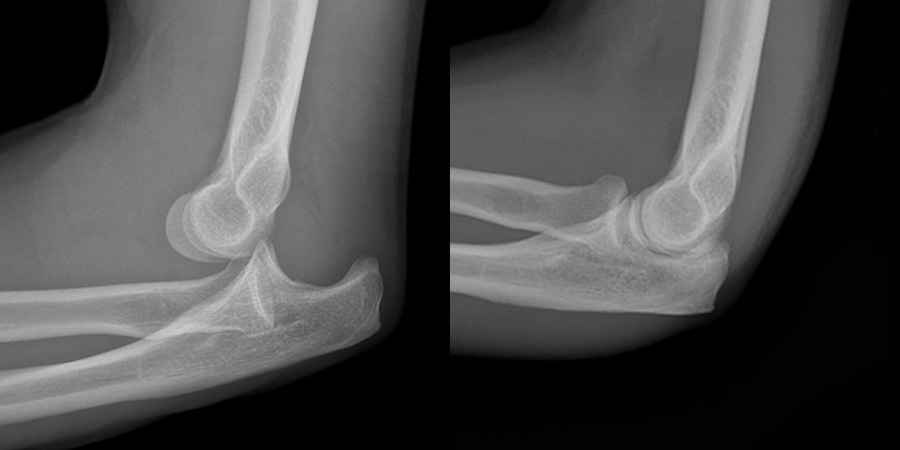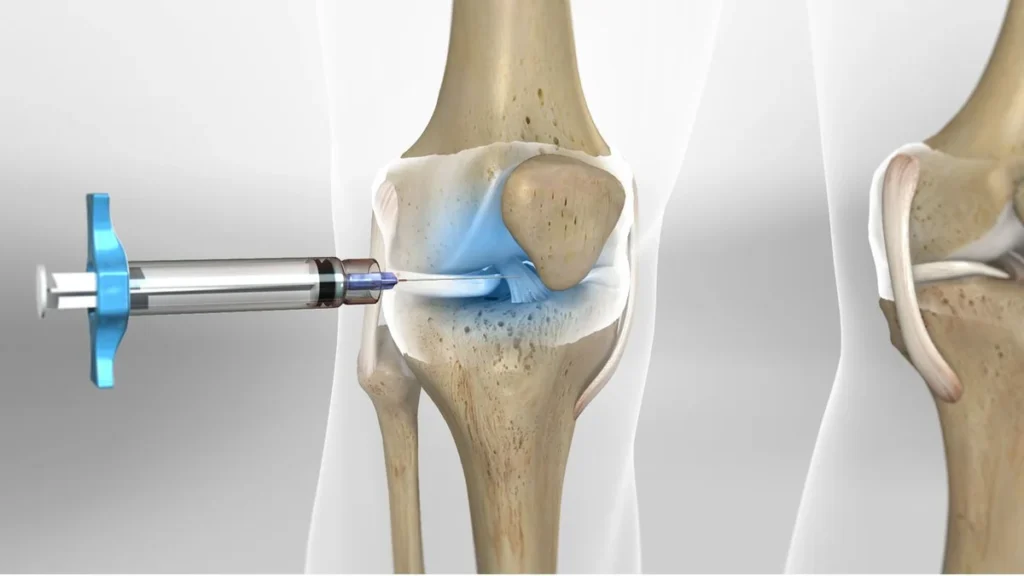This article delves into the topic of congenital dislocation of the radial head, as presented by the International Center for Height Increase in Iran.

Definition and Identification
Congenital dislocation of the radial head is a rare disorder where the head of the radial bone (the upper arm bone) does not correctly position itself in the elbow joint with the capitulum protrusion of the humerus (the upper arm bone).
Clinical Features
This condition is usually unilateral and often goes undiagnosed at birth. The dislocation can be anterior (in front of the capitulum) or posterior (behind the capitulum). With anterior dislocation, patients experience limited ability to fully bend the elbow joint. In the case of posterior dislocation, extending the elbow joint fully is restricted.
Symptoms and Diagnosis of Congenital Dislocation of the Radial Head
Observation in Examination
During a physical examination, the head of the radial bone can be felt at the front or back of the elbow, depending on the type of dislocation. Limited movement in the elbow may also be observed.

To make an appointment or get an online consultation with Dr. Nader Motallebi Zadeh, Limb lengthening surgeon, proceed here.
Radiography
Radiographic imaging can reveal the dislocation of the radial head and may also show an abnormal curvature of the ulna bone (the lower arm bone). Limitations in the rotation of the forearm and wrist may also be present.
Differentiation from Other Disorders
Differential Diagnosis
Accurate diagnosis is crucial to distinguish this condition from dislocations caused by trauma or injury. Other congenital anomalies, the convexity of the radial head, and the small size of the capitulum protrusion can aid in proper diagnosis.
Treatment of Congenital Dislocation of the Radial Head
General Principles of Treatment
In cases of congenital dislocation of the radial head, surgical repositioning of the bone is not an option. Instead, addressing the limited elbow mobility in affected children is of paramount importance. This can be partially improved through physiotherapy.
Long-term Management
If this abnormality is diagnosed, the dislocation usually remains untreated until the individual reaches adolescence. This waiting period allows for the emergence of symptoms and a more accurate diagnosis of potential disorders.
Surgery and Its Limitations
Timing and Conditions for Surgery
When an individual reaches adolescence and symptoms such as limited elbow mobility, pain, or dissatisfaction with the elbow’s appearance emerge, surgical removal of the radial head may be suggested. This surgery can be effective in reducing pain severity and improving mobility.
Limitations of Surgical Treatment
However, the improvement in mobility is not always guaranteed with surgery. In patients with this disorder, problems extend beyond the bone, including in the ligaments, joint capsule, and surrounding elbow muscles. The mobility limitation is a result of a combination of these changes, not all of which are correctable with surgery.
Warning About Surgery in Children
Surgery to remove the radial head should not be performed in children, as it can damage the function of the forearm and wrist, leading to complications.

To make an appointment or get an online consultation with Dr. Nader Motallebi Zadeh, Limb lengthening surgeon, proceed here.
Thank you for reading the article on congenital dislocation of the radial head. Please share your questions and comments with us.



